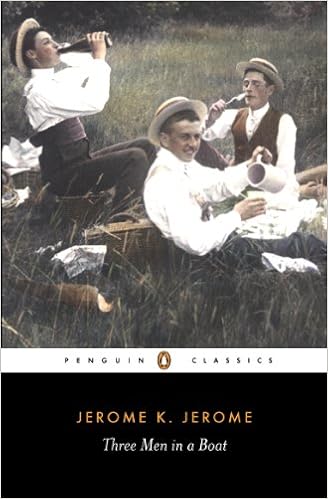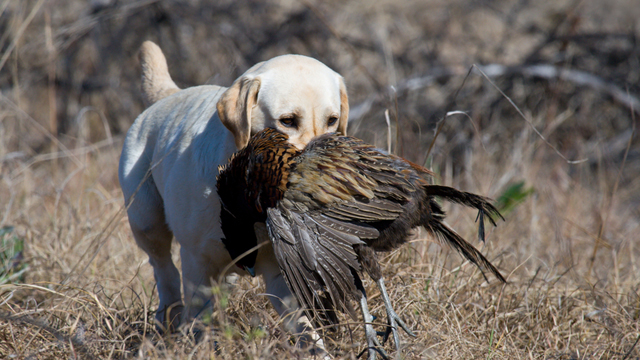From Captain and Sergeant to Bluebell and Buttercup, iPad and Snapchat, the names given to animals are a sign of our times, reflects Jeremy Hobson.
When heavy horses were the tractors of the day, their names were an indication of the times in which they lived. Captain and Sergeant would pull together when the British Empire was at war – their difference in rank notwithstanding – but, in periods of peace, farm ploughs were pulled and brewery drays drawn by Bonnie or Diamond.
Long-time fans of The Archers might recall that Dan Archer’s last pair of working horses were called Blossom and Boxer and devotees of BBC sitcom Steptoe and Son will no doubt remember that the horse pulling the rag-and-bone cart went by the name of Hercules – a nod towards Classical mythology.

29th January 1970: Harry H Corbett (1925 – 1982) and Wilfrid Brambell (1912 -1985), stars of the popular TV series ‘Steptoe and Son’, with their carthorse ‘Hercules’. (Photo by Central Press/Getty Images)
In the farmyard, long before cattle were required by government legislation to wear ID numbers – and thereby become known only by their number to those in the dairy – they had far more charming names, often connected with the flora of the meadows in which they grazed. Thus it was that the ubiquitous Daisy would respond happily to her name when it came to milking time, along with Buttercup, Bluebell, Eglantine (an old French name for sweet briar) and Jasmine.
Today, smallholders are reviving this tradition to some extent and, although the cows are still required to be registered by number, Buttercup and her ilk abound once more.
For some reason – probably because flock size precluded such frivolity – individual sheep mainly remained anonymous. A female goat was, however, almost always given a name. During my early childhood, one such, a white Saanen belonging to my grandfather, answered to the name of Muriel, but it wasn’t until reading George Orwell’s Animal Farm several years later that I realised from where it was that her name originated.
As far as chickens are concerned, I recollect a bantam cockerel named Brutus due to his habit of stabbing anyone standing too close in the back of the legs with his spurs. Although perhaps not too great a problem to a full-grown adult, his vigorous attentions were troubling to a bare-legged, shorts-wearing child. Elsewhere, favourite hens might be called Henrietta, Harriet or Dolly.

Working farm dogs have regularly been given sharp, easily pronounceable names such as Fly, Tip, Nell or Jess, due to the fact that, in a herding crisis, it’s essential to be able to attract a dog’s attention quickly. Calling one Montmorency after the animal hero of J. K. Jerome’s Three Men in a Boat, for instance, would very likely be doomed to failure.
Wherever and whenever sporting dogs such as spaniels and labradors meet, Briar, Bramble and Barley can often be encountered. These are safe, well-established country names, but the same cannot be said of those bestowed upon other canines: imagine the confusion on the grousemoor when a keeper of my acquaintance insisted, against all advice, on calling his labrador General – and his employer’s shooting guests were mainly high-ranking military men.
Masters of hounds will often choose either traditional English names or those from the Classics. Regarding the latter, some – like the gamekeeper’s labrador – should perhaps have been christened with more thought. Actaeon was long popular, presumably without the namegivers realising that, in Greek mythology, he was a hunter who was eventually killed by his own hounds. In modern times, some are veering away from these customary choices and I’ve heard recently of both an iPad and a Snapchat living happily in hunt kennels.

Although written pedigrees and year books are the failsafe way of doing things, traditional names undoubtedly help aid mental record-keeping. Puppies from a certain litter or a particular year are frequently given names starting with the same initial, making instant identification of their parentage or date of birth somewhat easier. Along similar lines – and for the same reasons – offspring may well be christened with a cognomen beginning with the same initial as their female parent.
In the name game, it may be amusing to encounter something more unusual and often bizarre given to the animals that share our lives, but let’s hope that it’s not at the expense of the appellations used by generations before us – long live Daisy!

Why we love the gentle and patrician Clumber spaniel
Favoured throughout history by royalty, Clumber spaniels are still treasured for their tenacity and temperament, discovers Matthew Dennison.

Collective nouns for birds: Why we call it a murder of crows, murmuration of starlings and a conspiracy of ravens
We celebrate our favourite collective nouns for birds, from the weird and the wonderful to the most curious.

50 greatest horses of all time
In praise of brilliant horses.




